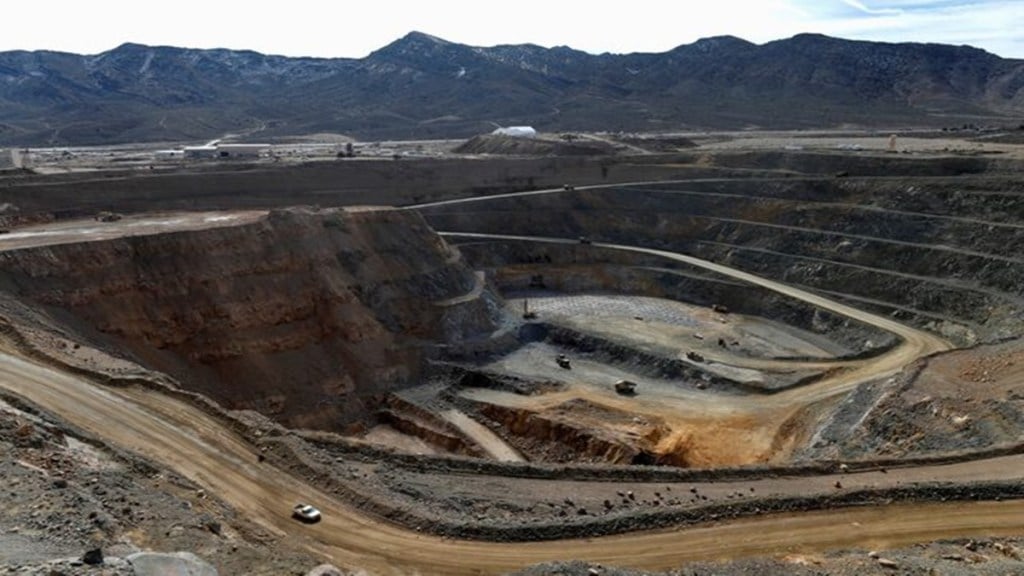The Union Cabinet on Wednesday approved an incentive scheme for rare earth permanent magnets (REPM) manufacturing with a corpus of ₹7,280 crore.
The Scheme to Promote Manufacturing of Sintered Rare Earth Permanent Magnets is touted as India’s answer to China’s stronghold over the global REPM supply chain.
The roll-out of the scheme comes in the wake of uncertainties over domestic availability of these items, which are critical for electric vehicles, renewable energy and consumer electronics and defence systems. In April, China, which controls 60% of global rare earth mining and nearly 90% of refining and processing capacity, imposed restrictions on REPM exports, tightening supplies to India’s automobile and electronics industries. It resumed shipments of the magnets to India in October, but with the rider that the cargos won’t be re-exported to the US.
Closing the indigenous manufacturing gap
The scheme aims to establish a fully indigenous manufacturing ecosystem with an annual production capacity of up to 6,000 tonnes, the Information and Broadcasting Minister Ashwini Vaishnaw said.
The programme will run for seven years from the date of award, including a two-year gestation period for setting up an integrated REPM manufacturing facility, and five years for incentive disbursement on REPM sales.
Several global and domestic players, including Lynas, Iluka, Rainbow, Bharat Forge, Sona Comstar and JSW, have shown interest in the initiative.
The programme will be implemented by the Ministry of Heavy Industries.
Industry response
The automobile industry which has the highest dependency on rare earth welcomed the scheme.
Shailesh Chandra, President, SIAM, said, “This initiative is a significant step toward building a resilient and stable supply chain, particularly for components and sub-assemblies essential for the production of electrified vehicles.”
Vikrampati Singhania, President, ACMA, said, “This initiative will not only reduce import dependence but also provide long-term resilience to the automotive supply chain, encourage investments in advanced materials, and position India strongly in global value chains for EVs and clean energy.”
Through the scheme, the government seeks to build a homegrown value chain spanning the conversion of NdPr (neodymium–praseodymium) oxide into sintered NdFeB (neodymium–iron–boron) magnets.
REPM production involves several stages, including mining, beneficiation, processing, extraction, refining to rare earth oxides, conversion to metal and alloy, and finally magnet manufacturing.
The total financial outlay for the scheme comprises sales-linked incentives of ₹6,450 crore on REPM sales for five years and a capital subsidy of ₹750 crore for setting up an aggregate of 6,000 MTPA of REPM manufacturing capacity.
The scheme envisions allocating the total capacity to five beneficiaries through a global competitive bidding process. Each beneficiary will be allotted up to 1,200 MTPA of capacity. The incentives will specifically target facilities capable of undertaking the final three stages: converting rare earth oxide to metal, metal to alloy, and alloy to magnet. India currently lacks the technology and infrastructure for these advanced processes.
India imports almost all its REPM requirements. Domestic demand is estimated at around 4,010 tonnes annually and is projected to nearly double to 8,220 tonnes by 2030.
While NdPr oxide prices in India broadly mirror global rates, finished REPMs are about 43% costlier in the country than in international markets.
India holds an estimated 6.9 million metric tonnes of rare earth reserves but produced only around 2,900 tonnes in 2024. Imports of rare earth magnets reached 53,000 tonnes in FY25, underscoring the gap between domestic supply and demand. State-run IREL remains the only public-sector enterprise involved in rare earth mining and refining.

